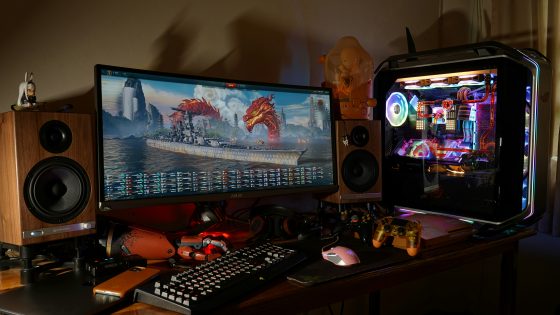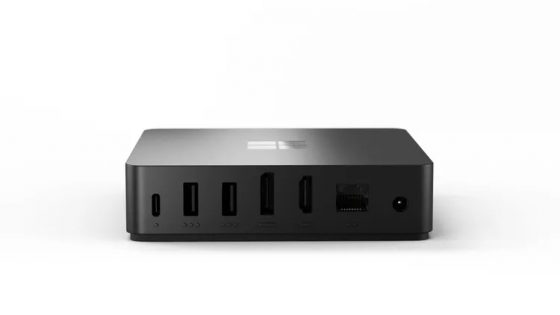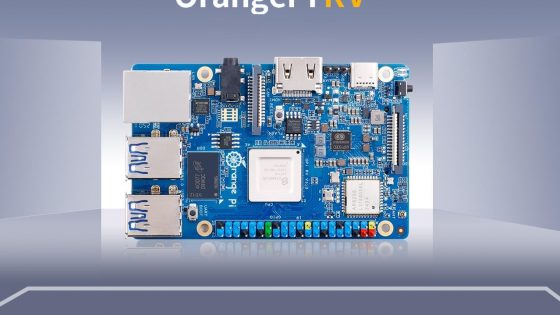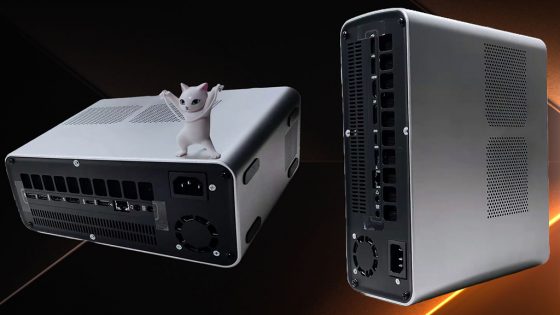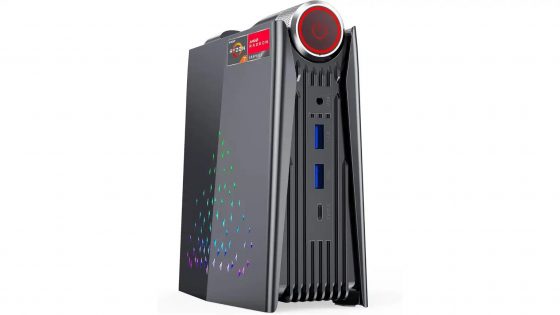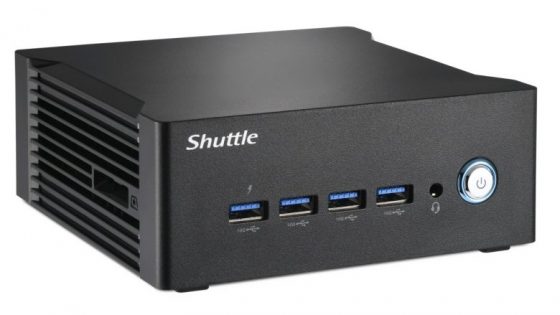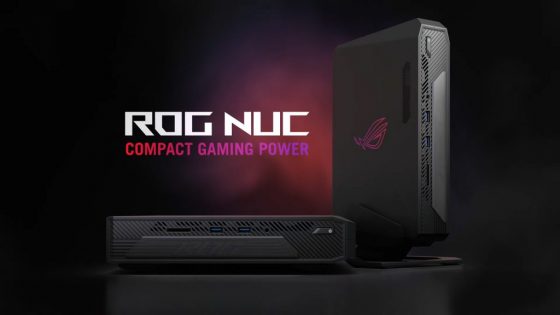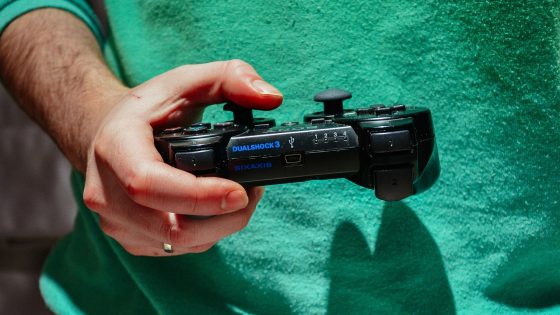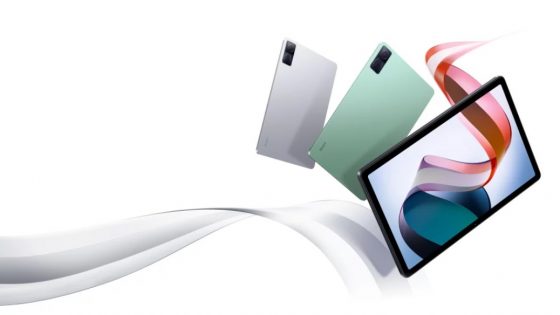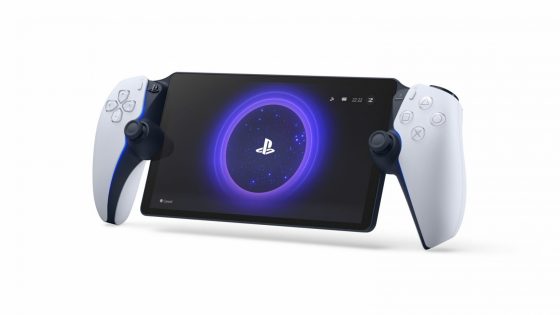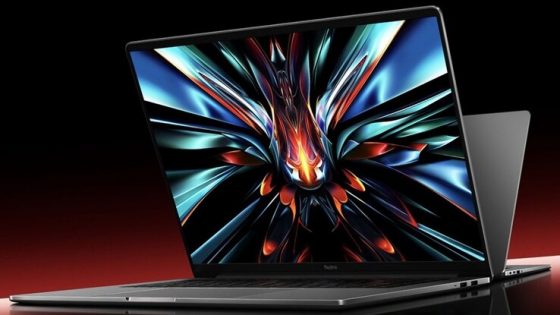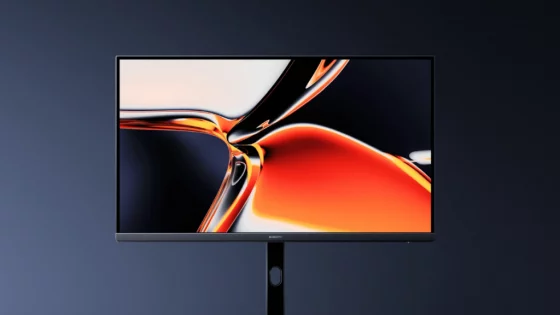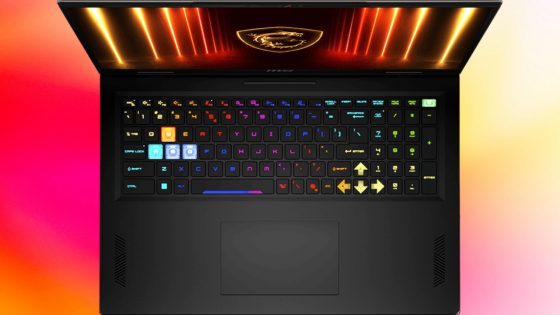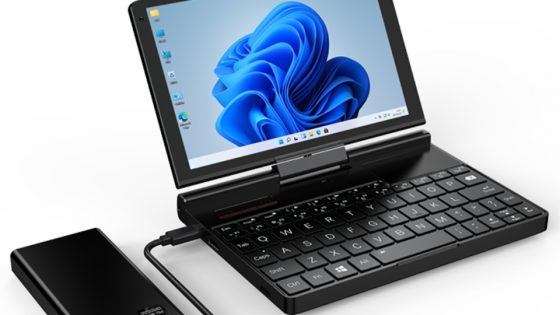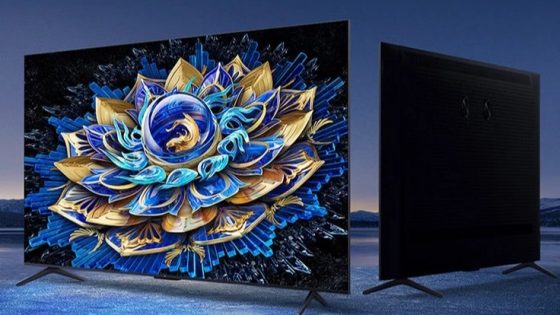A computer case that does not need fans for cooling
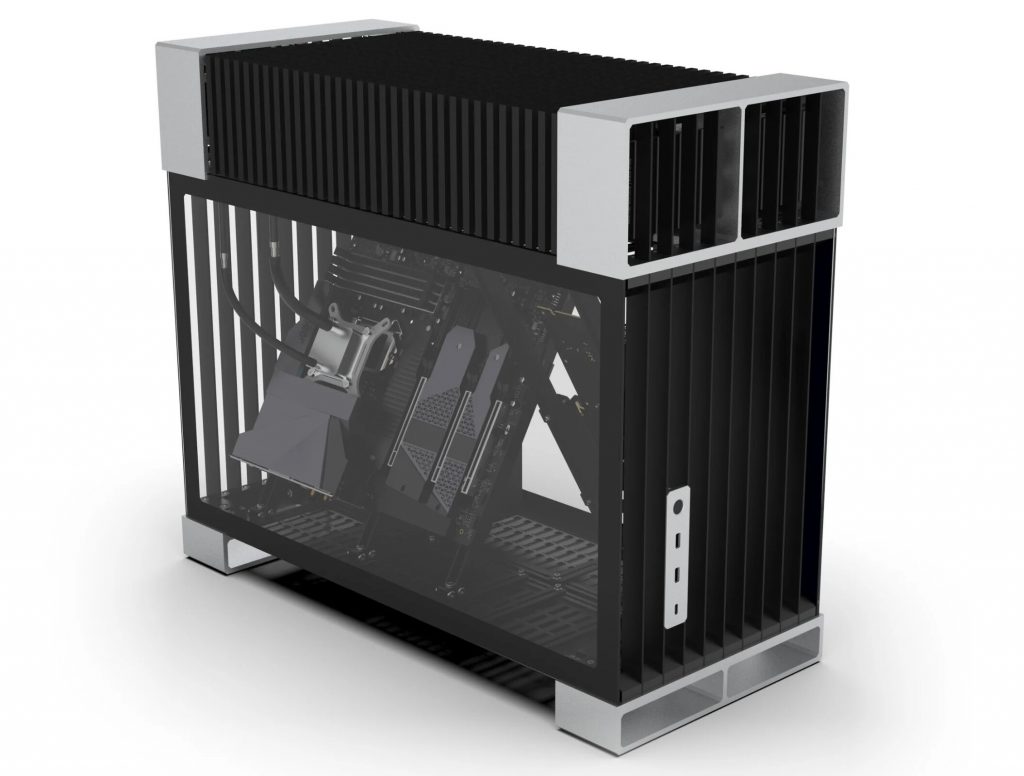
At Computex 2023, Streacom introduced the SG10 computer case, which is passively cooled and allows the installation of powerful computers without active cooling fans. The SG10 case is designed for gaming PCs and allows for passive heat dissipation of up to 600W, using individual parts of the case as a giant heatsink instead of traditional fans.
In addition to the robust metal housing itself, the SG10 Streacom is based on refrigerant loop technology that has a very low evaporation temperature (around 40°C to 50°C). Streacom uses an evaporator that circulates liquid through the system and a condenser that removes heat. When the temperature of the processor or graphics card reaches a high enough level, the cooling liquid turns into a gas and flows through the pipeline towards the condenser. There it returns to its liquid state and returns back to the water blocks. Importantly, there are no mechanical pumps involved.
The SG10 case has two cooling systems with two separate condensers. One for the CPU rated for up to 250W TDP (enough for an Intel Core i9-13900K) and one for the GPU rated for up to 350W TDP (enough for an NVIDIA GeForce RTX 4080). The CPU and GPU cooling systems are identical in every respect except for the way they are attached to the respective processors.
One of the main challenges of passive enclosures is connecting the water blocks to the appropriate processors. Streacom elegantly solved this challenge with the standard stainless steel or rubber tubes used in all liquid cooling.
As for the aesthetics of the SG10's case, it looks very solid and has windows on both sides that allow a view of the RGB LEDs on modern PC components. The case is large enough to accommodate an ATX motherboard, a graphics card up to 280mm long, and five 3.5in/2.5in storage drives.
One of the peculiarities of the SG10 is that the motherboard and graphics card are mounted at an angle, which makes it difficult to connect monitors and peripherals. On the other hand, the case fits any ATX power supply, regardless of its depth, and has a front I/O panel with one USB-C port and two USB-A ports, and the option of an additional rear I/O panel with HDMI ports, Ethernet and USB.



